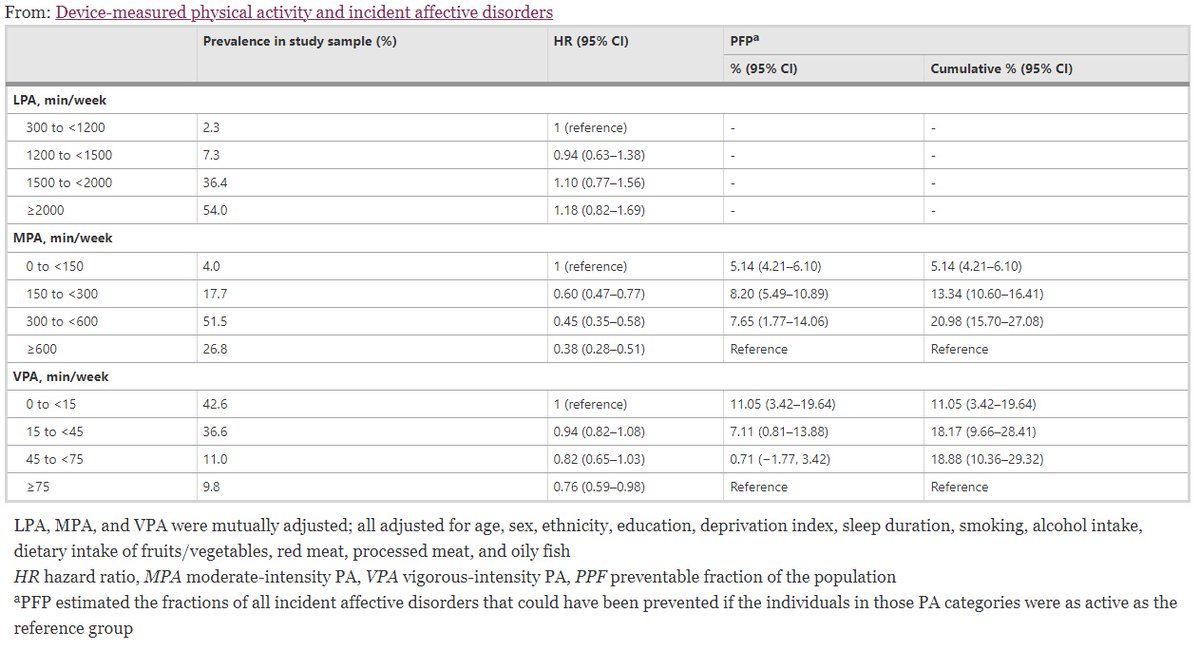
This systematic review comes to the conclusion that physical activity with regular aerobic training of moderate to vigorous intensity appears to help preserve leukocyte telomere length, a biomarker of biological aging associated with several age-related diseases. 

* Key points:
- As life-expectancy increases, lifestyle choices like exercise take on increasing importance in healthy aging.
Telomere attrition is a molecular marker of aging. Thus, physical activity may influence the aging process through telomere biology, namely leukocyte telomere length and telomerase activity.
- The amount of reduction in sedentary behavior appears to have a positive effect of preserving and increasing leukocyte telomere length.
- With respect to history of previous exercise, current level of physical fitness appears to have a more important beneficial role than previous exercise on leukocyte telomere length.
In fact, amongst athletes, a history of physical activity during youth does not appear to play a protective role in preserving or increasing leukocyte telomere length.
Nevertheless, there is strong evidence that, lifelong elite- or master-athletes will have increased leukocyte telomere length in comparison with inactive controls.
* Caveats:
- While the majority of studies highlight positive effects of physical activity on telomere dynamics, there lacks a consensus on the most beneficial exercise type and training modality (intensity, duration and frequency).
- Although the majority of the studies underscore the beneficial role of physical activity on telomere dynamics and aging, the molecular events in leukocyte telomere length preservation and/or elongation remain poorly understood.
Telomere dynamics are tissue- and cell-specific and are also dependent upon proliferative activity; as such, grasping the molecular mechanisms induced by exercise remains a challenge.
Along with further understanding of telomere biology and potential deleterious events at the molecular level (e.g. oxidative stress), tissue- and cell-type differences in their analyses of leukocyte telomere length and telomerase need to also be considered.
- Future studies should provide more detailed information on the physical fitness level of the participants, as well as characteristics of the exercise training modality, for standardization and comparison, in order to draw more definitive conclusions.
Physical Activity on Telomere Length as a Biomarker for Aging: A Systematic Review (open access)
doi.org/10.1186/s40798…
#exercise #Workout #TrainHard #GymLife #GymTime #muscle #strength #lift #GetStrong #cardio #hiit #aging #longevity
doi.org/10.1186/s40798…
#exercise #Workout #TrainHard #GymLife #GymTime #muscle #strength #lift #GetStrong #cardio #hiit #aging #longevity
• • •
Missing some Tweet in this thread? You can try to
force a refresh
















